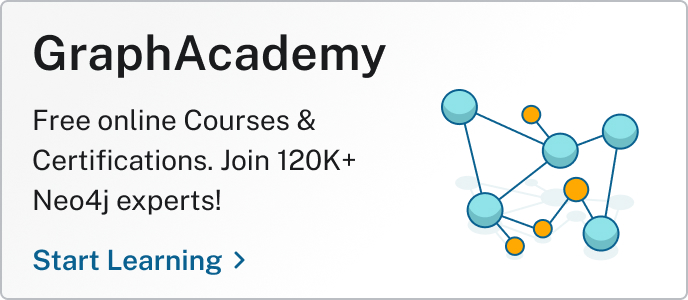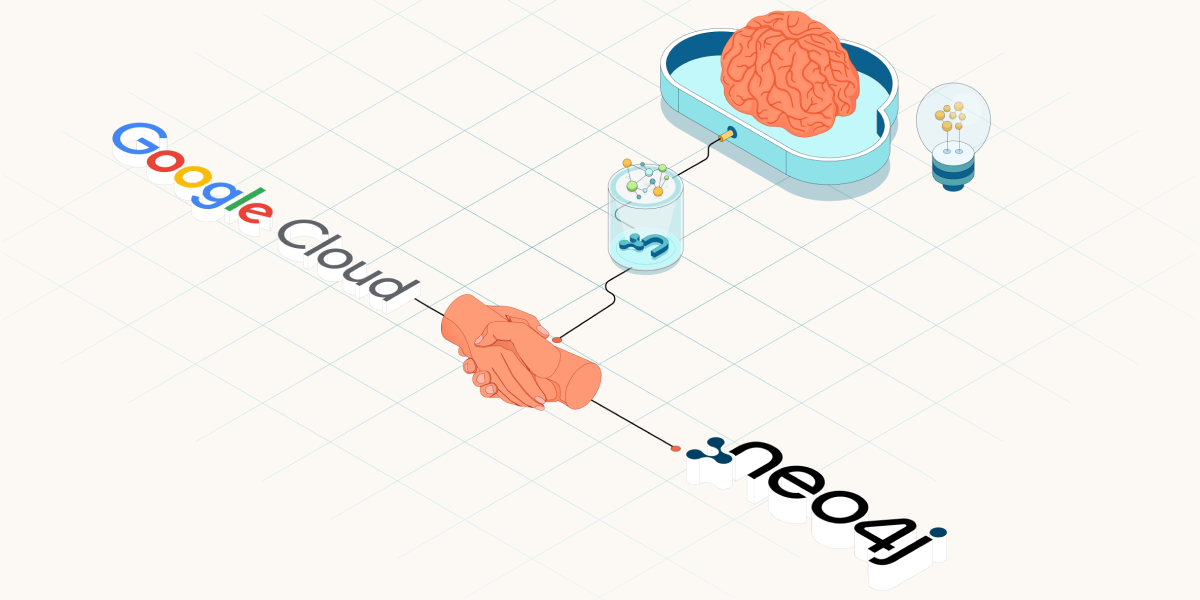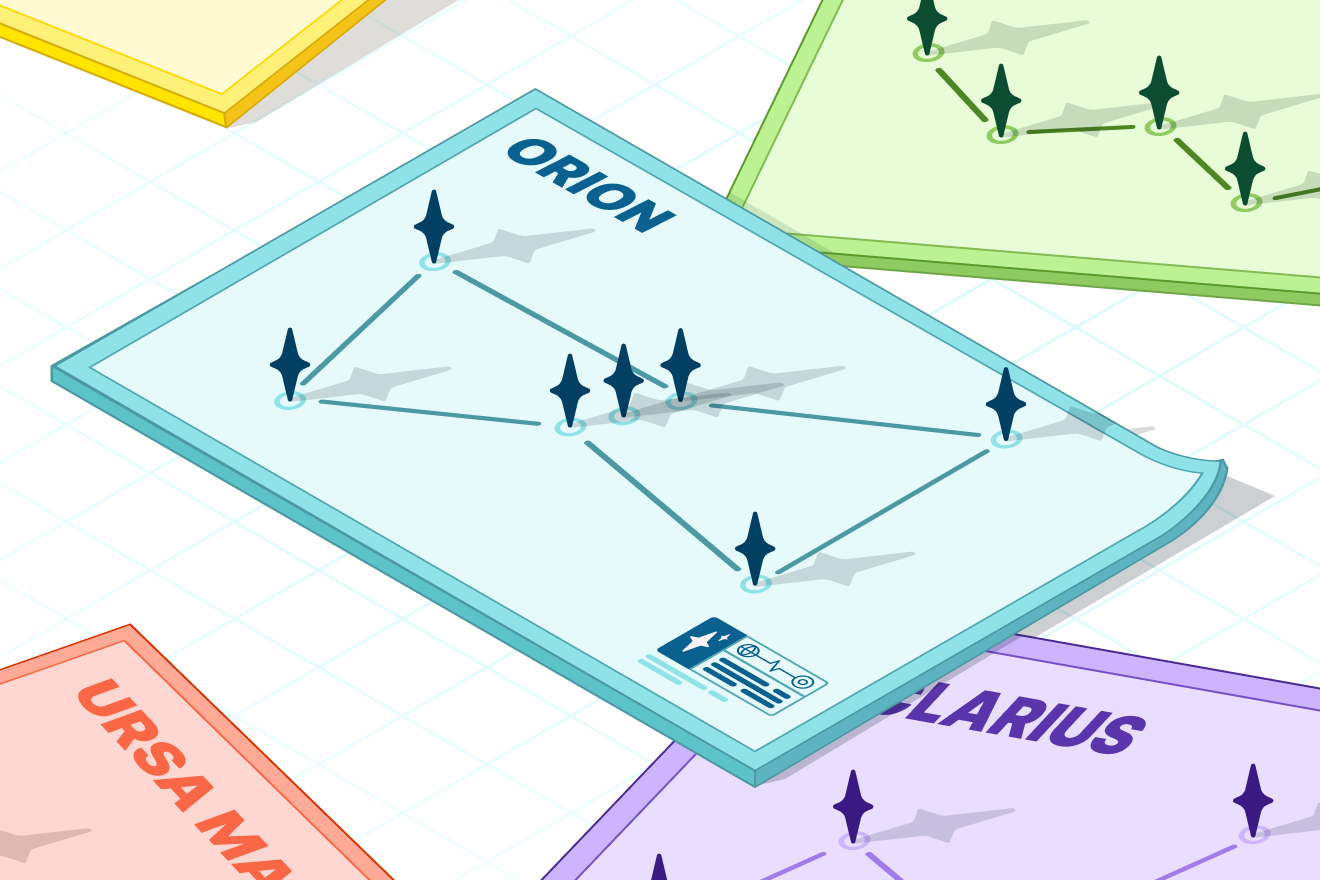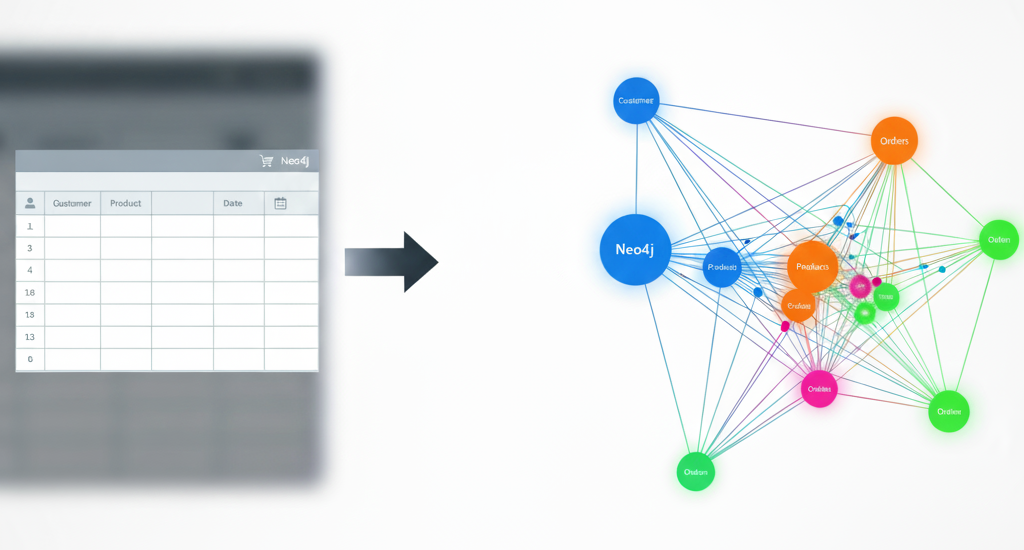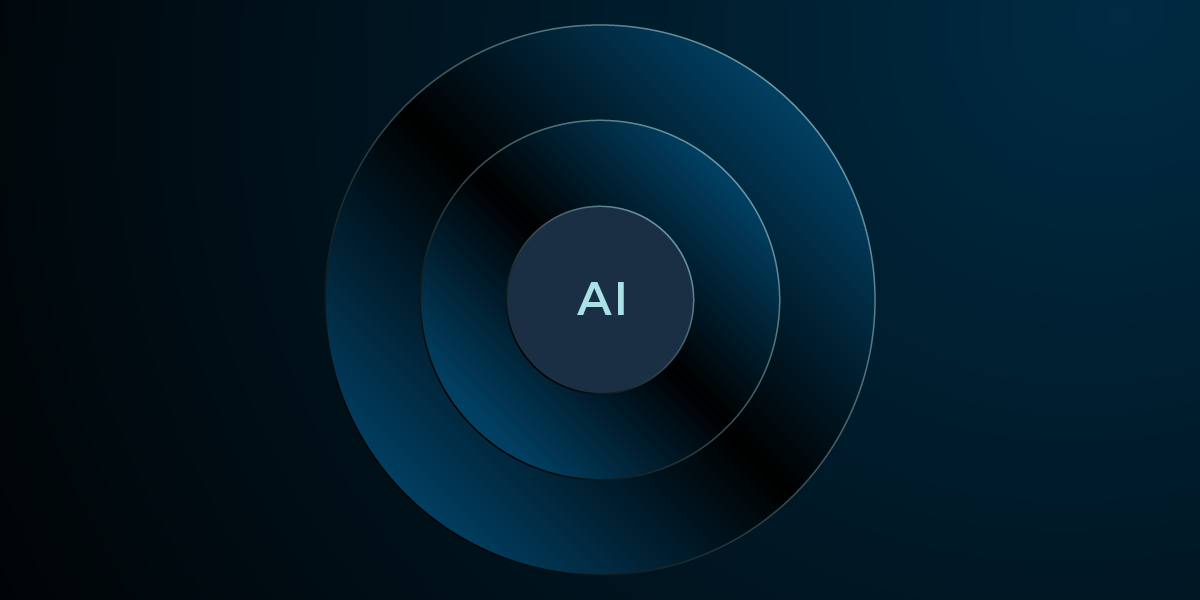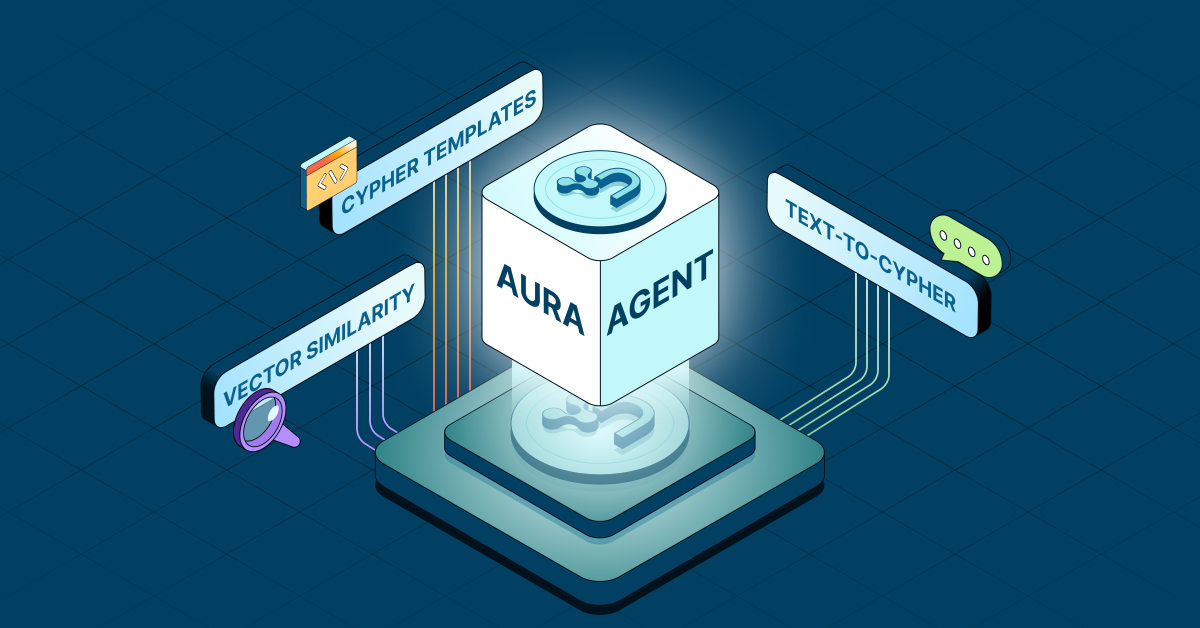Maximize Generative AI Outcomes, Minimize Generative AI Risks

Director, Partner Marketing, Neo4j
1 min read

Neo4j and AWS help organizations realize more GenAI value through knowledge graphs.
GenAI applications are delivering notable business value such as increased employee productivity, cybersecurity, competitive differentiation, and product innovation (EY AI Pulse Survey). But concerns with GenAI risks remain the biggest barrier to increased adoption, including lack of explainability, inaccurate answers, and hallucinations, all of which can significantly diminish trust and render GenAI apps useless to the business (McKinsey, Global Survey).
For GenAI to deliver outcomes that can be trusted to guide decision-making, it must be powered by an organization’s verifiable sources of enterprise knowledge. This grounding of GenAI means you can tether its output to your own verifiable enterprise data—data from data warehouses and applications across your organization that is already in the context of your business and industry. Grounding enables you mitigate the risks and achieve the explainable results and accurate answers your business needs.
How Grounding GenAI Works
Grounding is the process of providing an LLM with relevant information about the answers to user questions before it creates and returns a response. Consider a global pharmaceutical company with centers and suppliers all over the world. If a hurricane causes a major distribution center to go down for three days, that organization needs to know all possible downstream impacts. Which drugs would be affected? What are the implications for suppliers? How can they ensure that critical medications get to pharmacies and hospitals on time?
Ask a typical chatbot these kinds of supply chain analysis questions, and you’ll get answers based on the original data the tool was trained on. This could be the Internet, books, or public data. But with the context provided by enterprise data through grounding, you can quickly get the insights and answers you need to make critical decisions.
Neo4j Unifies Key Technologies to Improve GenAI Quality and Effectiveness
Neo4j helps you ground GenAI applications by unifying key enabling technologies—native vector search, knowledge graphs, and graph data science for GraphRAG —to help mitigate many of the challenges that can arise from using GenAI alone, including:
- Reducing hallucinations and improving effectiveness. Knowledge graphs power more accurate, transparent, and explainable GenAI outcomes by dramatically reducing inaccurate responses and ensuring that all material is traceable.
- Improving insights from data. A connected view of domain knowledge allows you to find contextually related information, uncover hidden patterns and relationships, and gain richer insights. When answers can be delivered nearly as quickly as questions are asked, you can adapt and pivot use cases to ensure the best business outcome.
- Achieving greater accuracy. Knowledge graphs combined with GenAI enable downstream models and analysis. You can then understand patterns, quality, and potential biases in grounding data so they can adapt for continuous improvement.
The Essential Capabilities of Native Vector Search
While not a new technology, vector search plays a crucial role in grounding GenAI applications by enabling efficient retrieval of relevant information from large datasets. It works by converting text, images, or other data into vectors, allowing for quick similarity comparisons. This approach helps GenAI models find and use the most pertinent information when generating responses or content.
By leveraging vector search, GenAI applications can deliver more accurate, context-aware results and handle complex queries more effectively than traditional keyword-based search methods. Neo4j’s native vector indexing capability uses the Hierarchical Navigable Small World (HNSW) algorithm to identify similar vectors efficiently. The more similar the vectors, the higher the relevance.
The Foundational Strength of Knowledge Graphs
Even before the advent of GenAI, knowledge graphs were transforming data analytics in industries ranging from healthcare to transportation. Now, the unique strengths of knowledge graphs are making them essential to successful GenAI implementation. According to Gartner, “GenAI models are being used in conjunction with knowledge graphs to deliver trusted and verified facts to their outputs, as well as provide rules to contain the model” (Gartner Research, Emerging Tech Impact Radar: 2024).
What Is a Knowledge Graph?
A knowledge graph is a structured data representation of a collection of entities (nodes) and the relationships (edges) connecting them. It’s a massive, interconnected web of everything your organization knows, laid out so AI can traverse from one fact to the next. Through inferential reasoning, knowledge graphs provide context-driven insights and a deeper understanding of the topics, filling in the gaps of vector-only databases.

Native property graph databases, such as Neo4j, are a logical choice for implementing knowledge graphs. They natively store information as nodes, relationships, and properties, allowing for an intuitive representation of highly interconnected data structures that is ideal for GenAI. Grounding LLMs with a Neo4j knowledge graph improves accuracy, context, and explainability by bringing factual (explicit) and contextually relevant (implicit) information to the LLM. This combination provides users with the most relevant and contextually accurate responses.
“Knowledge graphs provide the perfect complement to LLM-based solutions where high thresholds of accuracy and correctness need to be attained.”
The Insights of Data Science
Graph data science is a scientific approach to gain insights from knowledge graphs, using the structures of connected data to power predictions, answer questions, and explain outcomes. Graph data science can be used to improve GenAI inferences and insights by making it possible to explore billions of data points in seconds, identify hidden patterns and relationships, and help improve accuracy.

Neo4j Graph Data Science (GDS) is a library of graph algorithms and ML procedures that help you answer questions like what’s important, what’s unusual, and what’s next. GDS enables developers, data scientists, and data engineers alike to enrich knowledge graphs and generate new insights, ultimately improving the quality and impact of your GenAI projects.
The Enabling Power of GraphRAG
A critical enabler for GenAI grounding is GraphRAG, an enhancement to retrieval-augmented generation (RAG) applications. GraphRAG is a type of RAG that leverages knowledge graphs to perform complex queries on private datasets, enabling sophisticated data analysis and insights. Not only does GraphRAG demonstrate impressive inference and contextual reasoning but it also dramatically increases the reliability and traceability of information returned. GraphRAG makes it possible for LLMs to reason, infer, and accurately answer questions and execute tasks, anchoring their responses and actions in verifiable and contextually relevant enterprise information.

Neo4j’s GraphRAG combines knowledge graphs and native vector search to provide deep context, multi-hop reasoning, and accurate results. This allows users to build GenAI apps, create context-aware chatbots, and deliver a better search experience.
Integrating the Industry-Leading Strengths of Neo4j and AWS for Powerful GenAI Advantage
Building on a shared history of innovation, the strategic collaboration of Neo4j and Amazon Web Services integrates the power of Neo4j with the trusted infrastructure of AWS and GenAI functionality of Amazon Bedrock, a fully managed service that offers a choice of high-performing foundation models through a single API.
The powerful combination of industry-leading platforms means you can rapidly build GenAI applications that integrate contextually rich external data in real time while being secure and compliant. This can dramatically reduce hallucinations while enabling LLMs to uncover and use complex relationships and patterns within large datasets so your GenAI apps can deliver the accuracy, relevance, and explainability required by enterprise use cases.
“Combining the generative AI power of Amazon Bedrock with Neo4j knowledge graphs can bring institutional knowledge to every team member. This combination also unlocks value from unstructured data, providing complete answers grounded in facts, producing accurate, contextual responses instead of LLM guesses.”
Quickly create knowledge graphs for accurate, explainable results.
- Ingest, process, and analyze real-time data in seconds.
- Build GenAI applications powered by knowledge graphs on Bedrock.
The enterprise GenAI advantages of the Neo4j and AWS integration is real, and it’s powered by the unified capabilities of native vector search, knowledge graphs, data science, and GraphRAG.
For more information on how Neo4j and AWS integrations can help you maximize outcomes while minimizing the risks of GenAI, please contact aws-team@neo4j.com or visit neo4j.com/partners/amazon/.
The Developer’s Guide:
How to Build a Knowledge Graph
This ebook gives you a step-by-step walkthrough on building your first knowledge graph.

